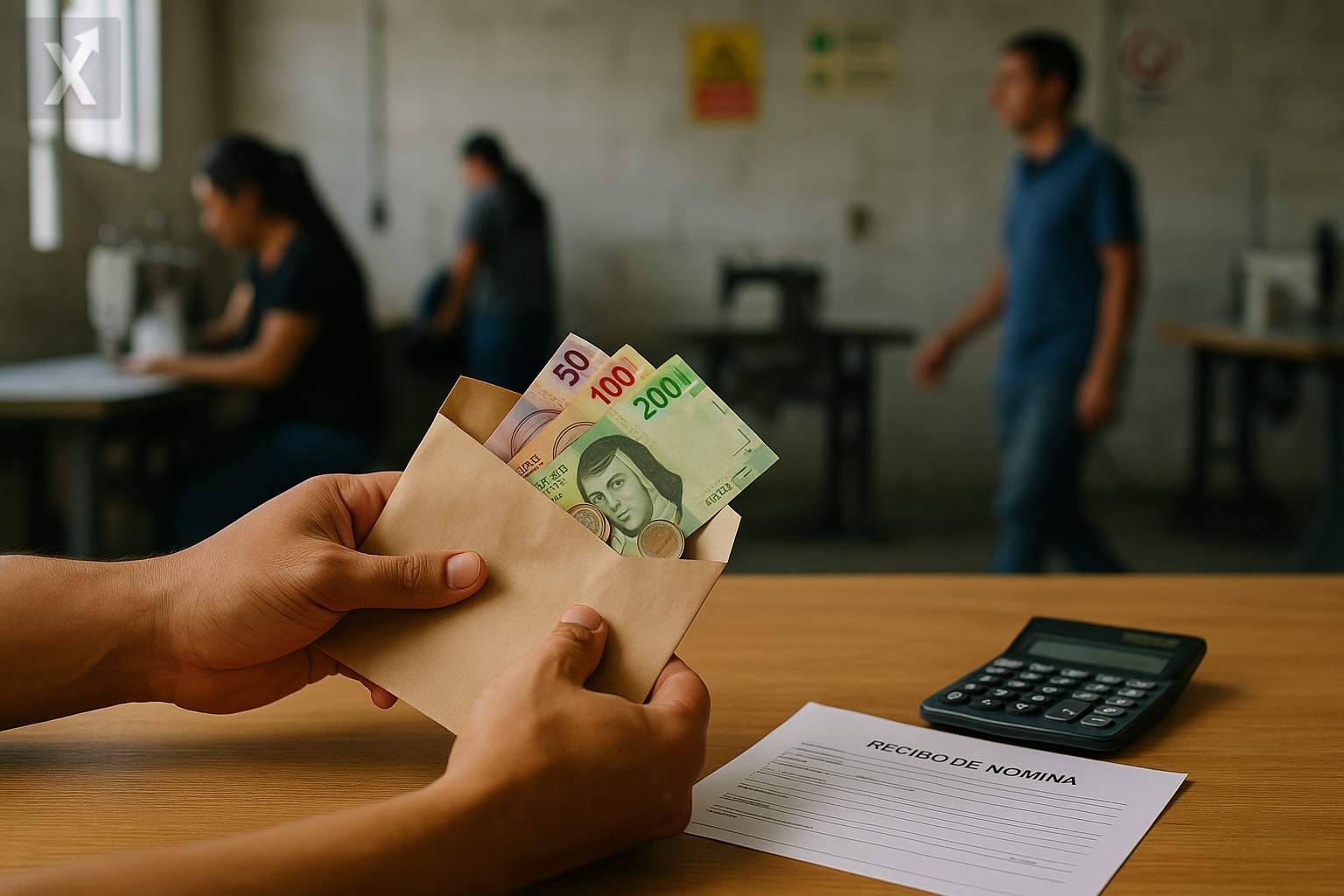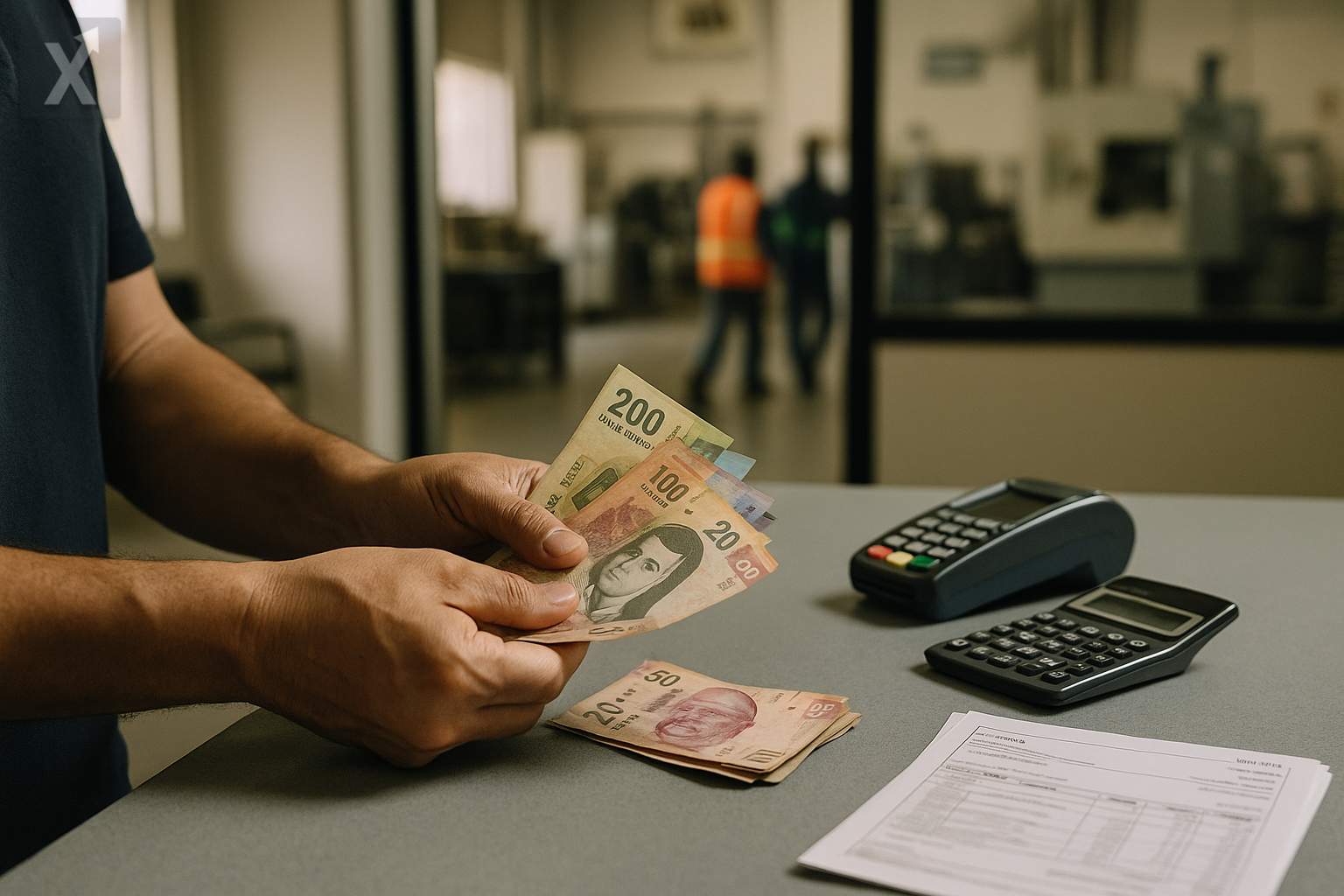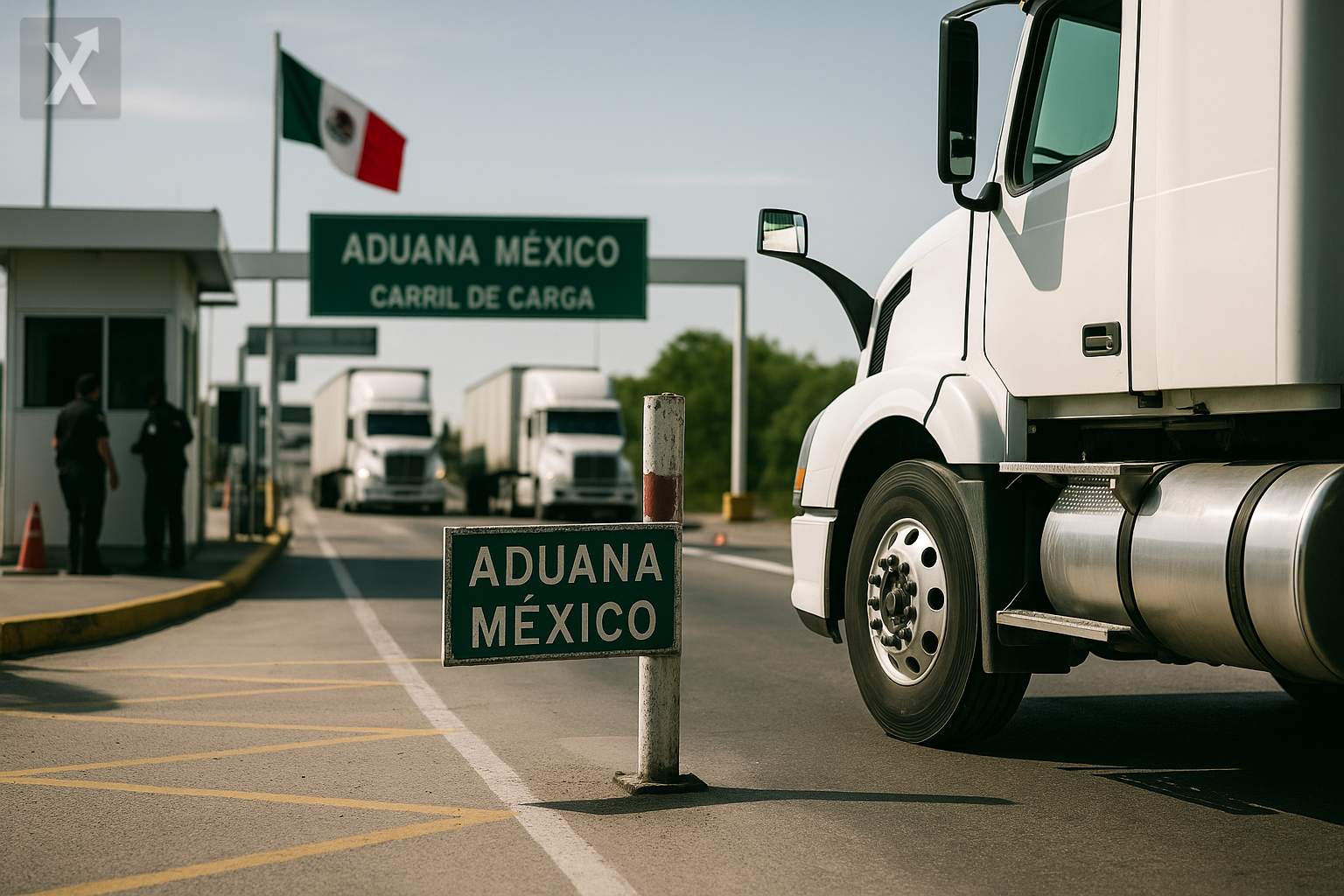Foreign Direct Investment in Mexico Reaches Record High in the First Quarter of 2025

Foreign direct investment (FDI) in Mexico posted unprecedented results during the first quarter of 2025, with inflows totaling $21.4 billion, according to figures presented by Economy Secretary Marcelo Ebrard. This amount represents a 5.4% increase compared to the same period last year and marks the highest quarterly figure on record, according to preliminary data.
The influx of foreign capital is especially noteworthy, as it more than doubles the previous historical highs reached in recent years, reflecting a significant shift in the country’s investment attraction trajectory. Secretary Ebrard emphasized that this increase is due not only to the arrival of new investments, but also to a higher level of profit reinvestment and various modes of capital entry. In this context, new investments reported growth of 165% compared to the first quarter of 2024.
The composition of FDI reaffirms international investors’ confidence in the Mexican economy, despite global uncertainty and renewed trade tensions with the United States. Macroeconomic stability, legal certainty, and Mexico’s network of trade agreements have been highlighted as key factors behind this performance. Of the total investment, the United States remained the main partner, accounting for 38.7% of all inflows, followed by Spain, the Netherlands, and, to a lesser extent, Canada; together, the top five countries contributed 71.4% of the total.
Geographically, the concentration of capital was notable: Mexico City alone absorbed 55% of all FDI, followed by Nuevo León (13%), the State of Mexico (9%), Baja California (4%), and Guanajuato (3%). By sector, manufacturing led the way, making up 43.2% of the total, with the automotive, chemical, food, beverage and tobacco, and computer equipment industries standing out. According to official reports, the trend points toward strengthening strategic sectors such as electric mobility, the electronics industry, and those linked to commitments under the Mexico Plan.
At the same time, the federal government approved the creation of 14 new economic development zones in different regions of the country, adding to the 11 already established along the Interoceanic Corridor under the coordination of the Navy Secretariat. With these projects—from Juárez to Topolobampo—the aim is to decentralize economic growth, strengthen the ties between small and medium-sized enterprises and strategic value chains, and ensure more equitable prosperity among the country’s states.
Each of these zones will feature tax incentives, government support, and access to essential services. Among the priority sectors are agribusiness, semiconductors, automotive, pharmaceuticals, and energy. The committee tasked with evaluating these projects will require adequate infrastructure, energy supply, water availability, and public land, while also considering the integration of new zones in other regions following the presidential directive to ensure the inclusion of all states in the development program.
In conclusion, the most recent results show that the Mexican economy continues to consolidate its position as an attractive destination for foreign investment, especially in strategic sectors that drive industrial modernization and competitiveness. However, the challenge remains to achieve greater geographic dispersion of FDI and to translate macroeconomic momentum into tangible and sustainable benefits for the country’s various regions. The success of the new development zones will depend on institutional capacity and the coordination between all levels of government and the private sector.






